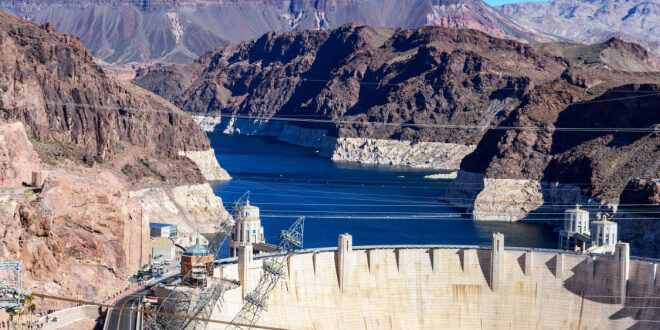Metropolitan Water District’s Board of Directors declared a Regional Drought Emergency for all of Southern California last week and called upon water agencies to immediately reduce their use of all imported supplies.
In adopting the resolution on Tuesday (Dec. 13), Metropolitan’s board warned the water-saving call could become mandatory if drought conditions persist in the coming months. By April, Metropolitan will consider allocating supplies to all its 26 member agencies, requiring them to cut their use of imported water or face steep additional fees on water purchased from Metropolitan.
“Since this drought began, we have been steadily increasing our call for conservation. If we don’t have an extremely wet winter, we will need to elevate to our highest level – a water supply allocation for all of Southern California. Substantial and immediate conservation now and in the coming months will help lessen the potential severity of such an allocation,” Metropolitan General Manager Adel Hagekhalil said.
Both voluntary and mandatory conservation measures will be implemented by Metropolitan’s member agencies at the local level, based on their particular water-supply circumstances. Agencies with available local supplies may be able to rely on that water to replace necessary reductions in imported water use.
Metropolitan on average imports about half of the water used in Southern California from the Colorado River and from the northern Sierra, via the State Water Project. Use varies by community, with some relying almost entirely on imported water, and others using very little. In recent years, these imported supplies have been extraordinarily stressed by prolonged drought, exacerbated by climate change.
The past three water years were the driest in California history, resulting in record-low SWP deliveries to Southern California. The limited availability of these water supplies has been particularly felt by communities that depend on them and cannot receive Colorado River water, because of infrastructure constraints.
While the rest of Southern California has largely been able to turn to Colorado River supplies and stored water to survive the state drought, Hagekhalil acknowledged the availability of those supplies is dropping.
The long-term drought in the Colorado River Basin has left lakes Mead and Powell dangerously close to levels that would no longer allow water to be released for use by cities and farms. In response, the federal government has called on Colorado River water users to curtail their use in 2023 and 2024 by as much as 4 million acre-feet a year – the total amount used by California in a year. And if voluntary cuts cannot be achieved, federal officials have initiated a process to mandate sizeable reductions.
Metropolitan is preparing for additional reductions to its Colorado River supplies as soon as next year and beyond. These reductions would be in addition to water Metropolitan will likely have to contribute to keep levels in Lake Mead higher in 2024-26, as previously agreed under the 2021 Drought Contingency Plan.
“Conditions on the Colorado River are growing increasingly dire. We simply cannot continue turning to that source to make up the difference in our limited state supplies. In addition, three years of California drought are drawing down our local storage,” board Chairwoman Gloria D. Gray said.
While taking steps to reduce demands in the immediate-term, Metropolitan is also making big investments in sustainable, climate change-resilient local supplies for the entire region. The agency is developing what could be one of the largest recycled water facilities in the world – Pure Water Southern California. Still, until these projects are complete, conservation is critical during dry periods like now.
“Some Southern Californians may have felt somewhat protected from these extreme conditions over the past few years,” Gray said. “They shouldn’t anymore. We are all affected.”
 California Water News Daily Your Source For Water News in California
California Water News Daily Your Source For Water News in California


